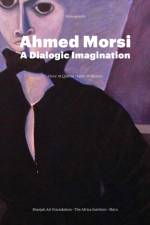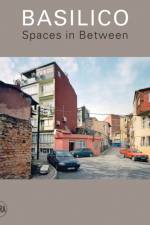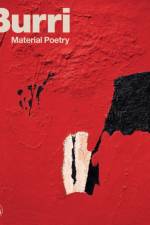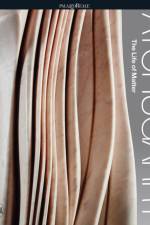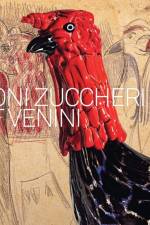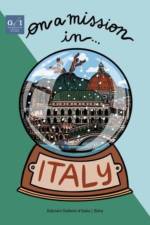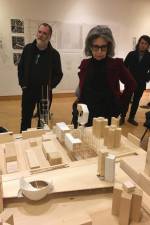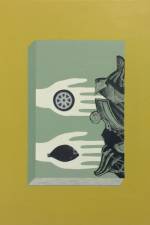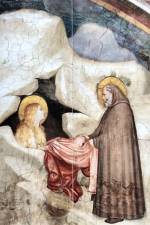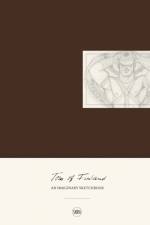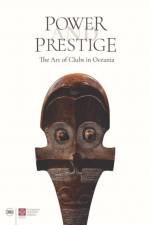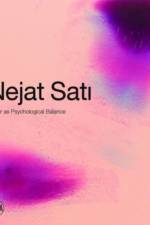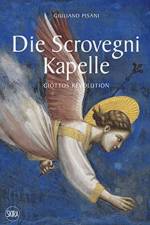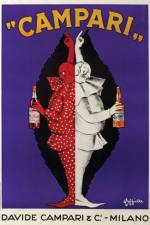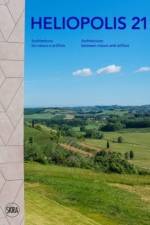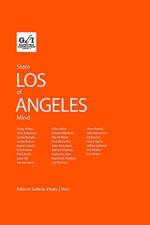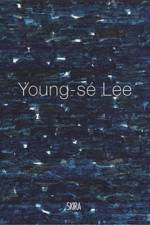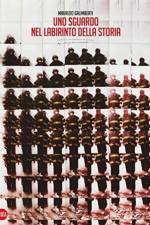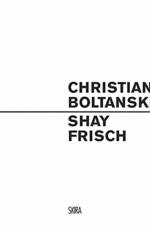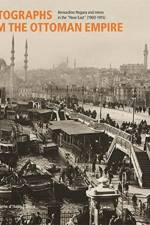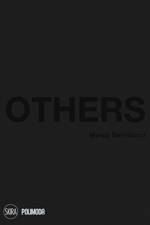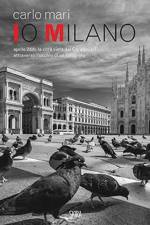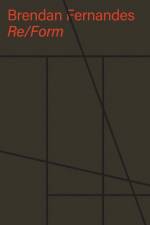- Children of the mountain
461
Pablo Atchugarry (b.1954), a Uruguayan of Italian origin, is one of the most acclaimed sculptors internationally, and for many years he has chosen Lombardy as his place of inspiration and production. Well-known in Europe and America - or rather, the Americas - the Uruguayan artist chose Lecco and its mountains to create his work and make it known around the world: his Foundation, established in Miami, not only contributes to his fame, but stages temporary exhibitions to introduce people to the world of art, particularly the art of South America, in a spirit of solidarity that is truly exceptional. The "modern" meaning of his sculpture, in the sense that could be attributed to the "tradition of the new", perfectly embodies its international flavour that has rewarded him with a slow, growing and inexorable success. Monumentality is one of the significant features of his art: a characteristic that emerges powerfully in his works of great impact, sited in squares and public places all over the world. The material concerned is marble, his main source of inspiration, the element from which the work takes shape, thanks to ceaseless physical effort, continuous in his devotion to discovery and exploration of what can emerge from the material volume worked with a chisel and by smoothing. This new large-scale, volume contains 48 pages with photos of the display of the works in the exhibition at the Palazzo Reale in Milan, with the central nucleus in the beautiful Sala delle Cariatidi, the site chosen by Picasso in 1953 to display his Guernica, after the Metropolitan in New York.

